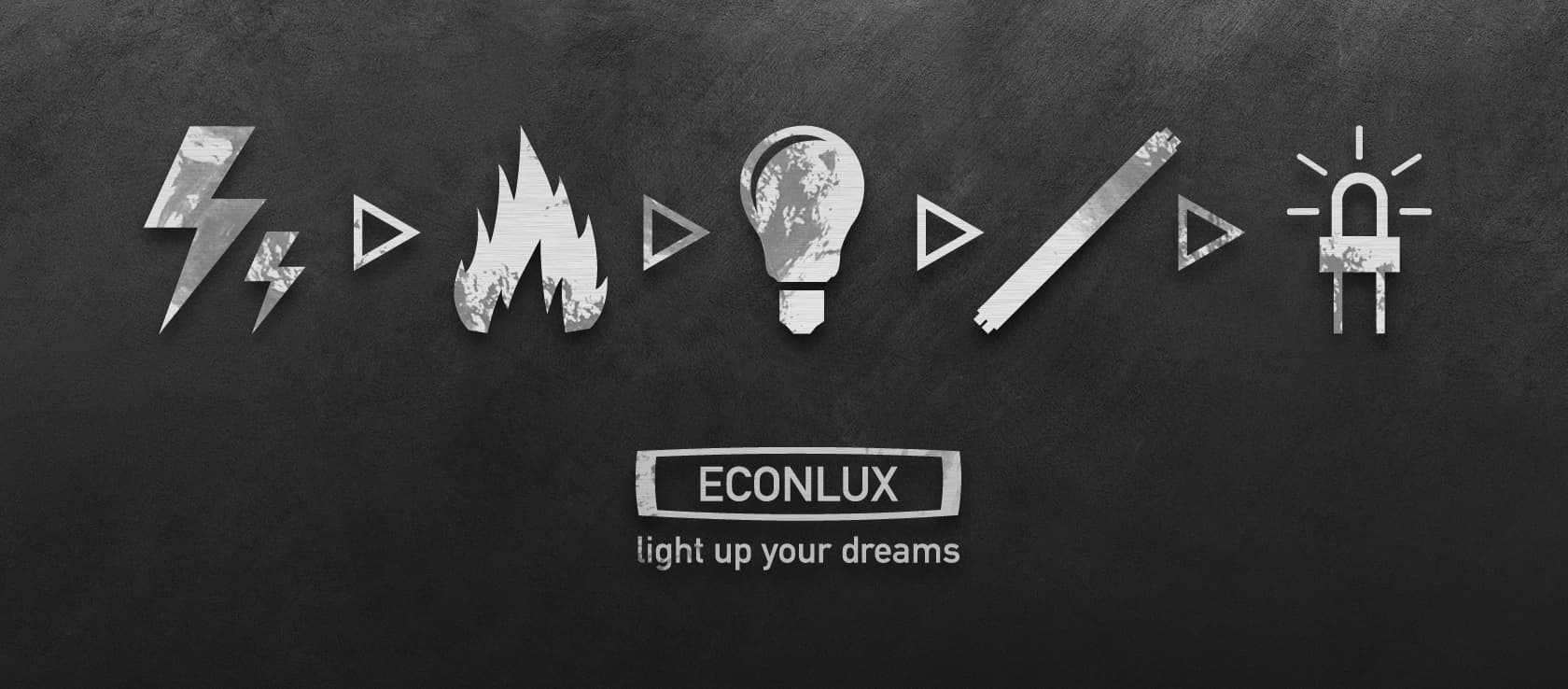Fire as Serendipity
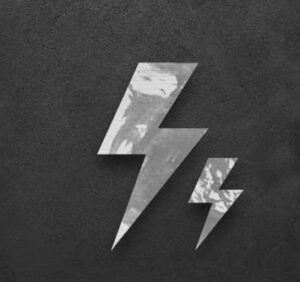
The cradle of mankind was in Africa. And it was here that our ancestors first experienced fire as a random destructive event sent by nature. It is not known who was the brave one who began to use fire. But there is evidence that Iron Age humans were already utilising the “heaven-given” fire 1.8 million years ago.
However, “Homo erectus” actually had to wait for lightning to strike somewhere. They were not yet able to light fires themselves.
A guarded fire was certainly an enormous, vital treasure back then! If it died out, it could mean suffering or even disaster for a clan. Conversely, domesticated fire was a great blessing: some foods that would have been indigestible uncooked were included in the diet of early man thanks to the possibility of fire. Predatory animals could be kept at a distance and other animals could be hunted with fire. The fire was also a great place to get together and provided light in the dark of night.
Keeping the “gift” of fire alive was therefore also the first “invention” in terms of lighting – and it acted as a real “booster” for human evolution.
Lighting a Fire

Nevertheless, fire remained a vagary of nature for a very long time when it came to “acquiring” it – it was not until 32,000 years ago that an early “Gyro Gearloose” invented the lighter. This consisted of the well-known flint stone and a second stone containing sulphur. Both stones hammerd together produced flying sparks – now it was just a matter of capturing the sparks in a suitable medium and blowing them into a flame.
Now it was no longer a disaster if the campfire went out – it could be lit again. But this invention meant even more: people became mobile! Because as long as he had to take an existing fire with him when travelling, early man was severely hampered when moving around. However, if you only needed tinder and two stones in your luggage, you could go wherever you wanted.
Making fire was therefore once again an absolute booster for the development of mankind!
For around 30,000 years, the use of fire was optimised – especially with regard to its use for lighting. From torches to simple oil lamps, which were even produced on a quasi-industrial scale by the Romans, to sophisticated lamps with ventilation technology and reflectors, right through to gas lamps that lit up entire streets: what illuminated people was always a flame.
The Electric Light Bulb
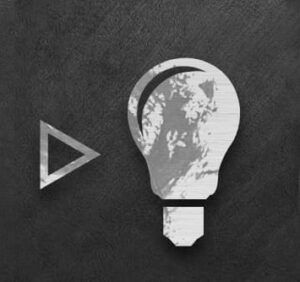
But then came clockmaker Heinrich Goebel from the small German town of Springe and invented the light bulb, but did not patent it, so that Edinson could reap the glory of being the inventor of the light bulb. At least that’s how it is often written.
However, according to recent research, Goebel seems to have been just a stooge to deny Edison or his “Electric Light Company” patent protection.
After all — and this can certainly be said without exaggeration — Edison’s patenting of the light bulb in 1880 is one of the most important inventions of mankind, which, like the steam engine or electricity itself, made modernity possible in the first place. However, he was not the first inventor of the technology either: as early as 1801, Louis Jacques Thénard (a poor farmer’s son who was able to study thanks to financial support) showed how certain metal wires could be made to glow brightly using an electric current. Subsequently, various inventors around the world worked on utilising this effect for lighting.
The Fluorescent Tube
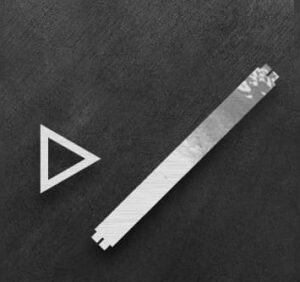
Now the evolution of lighting came thick and fast. Just 100 years after Edinson’s patent, Peter Cooper-Hewitt invented the mercury vapour lamp and thus the first fluorescent tube. Initially, this only emitted blue-green light and was mainly used for photography. However, the technology was quickly further improved and, by 1938 at the latest, the idea of increasing the pressure inside the tubes and using a coating that converted ultraviolet radiation into visible light paved the way for widespread success, which General Electric secured by buying up the patent.
This success of the fluorescent tube was to experience a second birth in 1973 in form of the energy saving lamp; fuelled by the energy crisis at the time due to rising oil prices. Suddenly, saving electricity was the imperative of the hour and so was the desire to save on light. The Philips company then had the ingenious idea of miniaturising the previously rather bulky fluorescent tubes and transforming them into “light bulb form”, including the necessary starter technology, so that they fitted into the existing lampholders. While the first prototype in 1976 was still bulky and far too heavy to replace conventional light bulbs, further improvements led to the technology being ready for the market from 1981 onwards.
After the invention of the electronic ballast (EB) in 1984 significantly improved the light yield of energy-saving lamps once again, the commercial success of the new lamp type was fuelled in particular by the ban on conventional light bulbs in 2012.
However, the mercury contained in the fluorescent tubes posed a problem. This not only made disposal difficult and costly. If the glass broke, the highly toxic gas was released into the air we breathed — there were even cases in which entire homes became uninhabitable (at least temporarily) due to mercury contamination aused by broken fluorescent tubes.
The LED Light

At the same time, work on lighting continued. As early as 1907, Henry Joseph Round observed that inorganic materials emit light when an electrical voltage is applied to them. Today he is regarded as the forefather of the LED.
However, the technology was only investigated in more detail twenty years later by the Russian physicist Oleg Lossev and the Frenchman Georges Destriau. According to Wikipedia, however, Nick Holonyak is often regarded as the actual inventor of the LED light. He developed the visible light-emitting red light-emitting diode at General Electric by February 1962.
Other colours were soon added. Today’s LED lights combine LEDs of different colours and several switching channels so that the lamps can shine in any colour, from a cool, technical cold white to a cosy warm white.
Thanks to this invention, the problematic fluorescent tubes could now also be “sidelined”: In September 2021, both the export and import as well as the manufacture of compact fluorescent lamps with integrated ballasts are now banned in the EU. LED technology, on the other hand, is currently in its heyday – the current trend is to optimise light generation in the short-wave (UV) range.
The Future
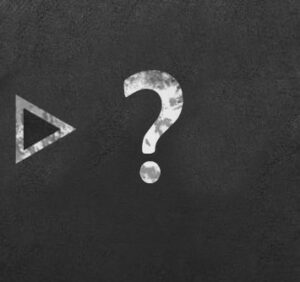
How long will it be before the next big invention in lighting is realised? Where is the journey heading? Research is currently being conducted in two main directions:
As an alternative to LEDs, which require (expensive) monocrystalline structures, the focus is on organic light-emitting diodes (OLEDs). The light yield here is still significantly lower than that of conventional LEDs – but who knows what human ingenuity will achieve here…
And secondly, intensive research is being carried out into laser-based solutions. Today, laser diodes are already being used in car headlights, and in future they could also be used in buildings – especially in areas where highly focussed light is required rather than atmospheric light.
By the way: Speaking of atmospheric light, it is worth taking a look back at nature. Nature has its very own method of creating particularly atmospheric light in the form of bioluminescence.
Anyone who has ever waded through the shallow water on the beach at night and seen the sea light swirling around their feet will never forget this spectacle. The same applies for the sight of fireflies dancing in the moonlight in search of a bride. Here it is biochemical reactions that lead to the atmospheric glow. Couldn’t lighting be built on this basis?
That would also be worth inventing…


